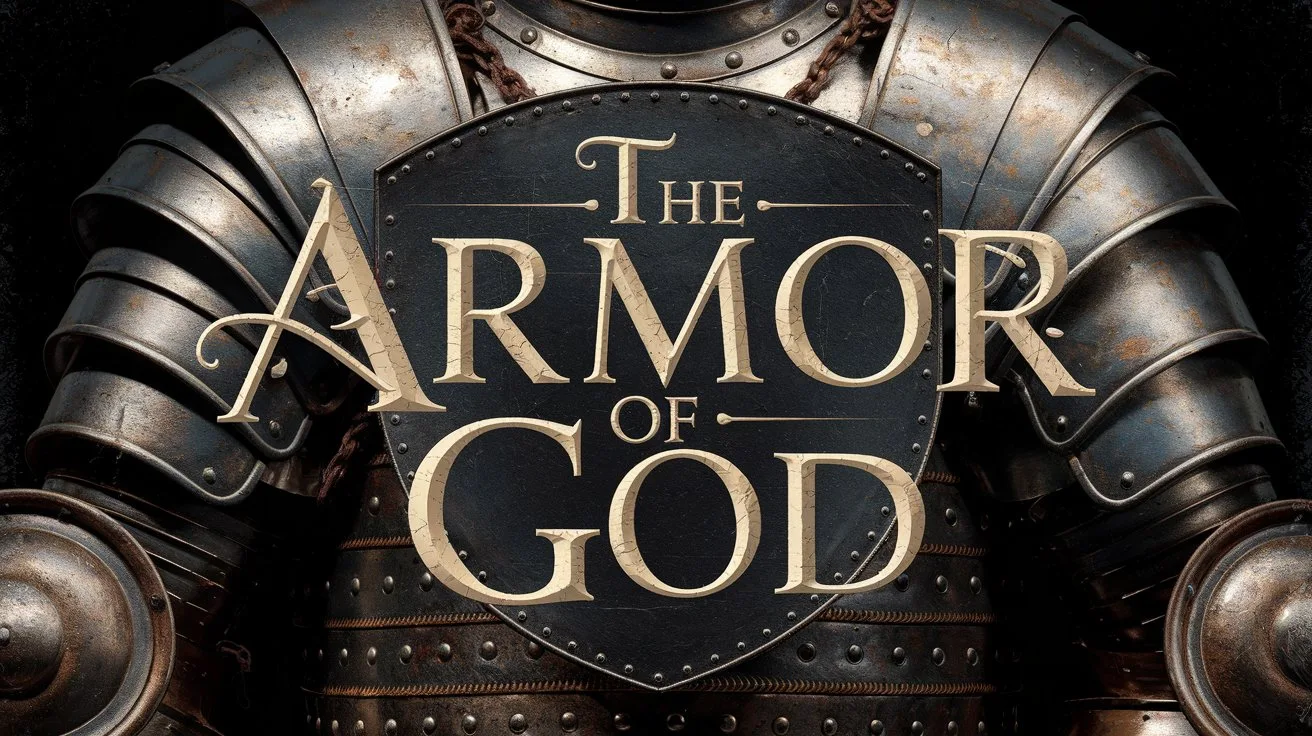The scarlet cord is mentioned in the account of Rahab in Joshua 2. Rahab was a harlot living in Jericho who showed kindness to the two Israelite spies sent by Joshua to scout the land. When the king of Jericho sought the spies, Rahab hid them on her roof and misled the pursuers, affirming her faith in the God of Israel.
She said, “The Lord your God, He is God in heaven above and on earth beneath” (Joshua 2:11). Because of her faith and her actions, she requested protection for herself and her family when Israel would take the city.
The spies agreed and instructed her to bind a scarlet cord in the window through which she let them down. This cord would serve as the sign of the covenant they had made. They said, “This oath of ours… will be without effect unless… you bind this line of scarlet cord in the window” (Joshua 2:17–18).
When Jericho was later destroyed, Rahab and her household were spared because she had obeyed and tied the scarlet cord as a sign of protection and faith (Joshua 6:22–25). She and her family were brought out and placed safely outside the camp of Israel.
The scarlet cord symbolizes Rahab’s faith, obedience, and the redemption she received. It stands as a visible mark of her trust in God’s word and points forward to the blood of Christ, through which believers are spared from judgment and granted salvation.
Rahab is later commended in Hebrews 11:31 as an example of faith: “By faith the harlot Rahab did not perish with those who did not believe, when she had received the spies with peace.” She is also listed in the genealogy of Jesus Christ in Matthew 1:5, showing the grace of God in redeeming and using those who trust in Him.







